-
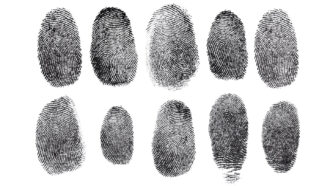 Genetics
GeneticsExperiment: Are fingerprint patterns inherited?
Let’s investigate whether fingerprint patterns are created randomly or whether they are influenced by genetics.
-
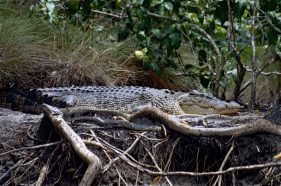 Animals
AnimalsWatch out for tree-climbing crocs
What’s that up in the tree? If you live in the right part of the world, it could be a hungry croc.
-
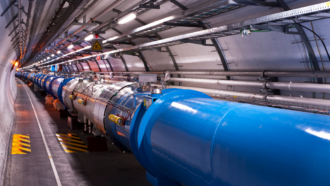 Physics
PhysicsScientists Say: Quark
These subatomic particles are the building blocks of bigger particles, including the protons and neutrons found in an atom’s nucleus.
-
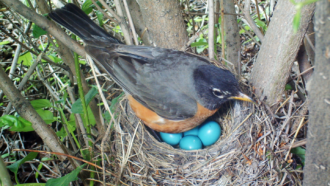 Animals
AnimalsScientists Say: Medullary bone
Medullary bone is a layer that forms inside bird and dinosaur bones. It’s a source of the calcium in eggshells.
-
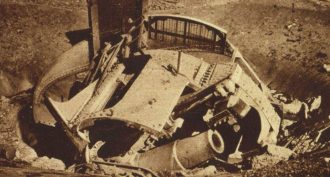 Physics
PhysicsExplainer: Locating a gun with sound waves
Recording the sound of a gun from three microphones can help scientists pinpoint the weapon’s location.
By Ron Cowen -
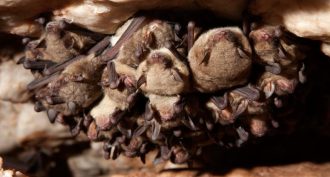 Animals
AnimalsScientists say: Hibernaculum
This week’s word is hibernaculum, the word scientists use to describe the place where an animal goes to hibernate.
-
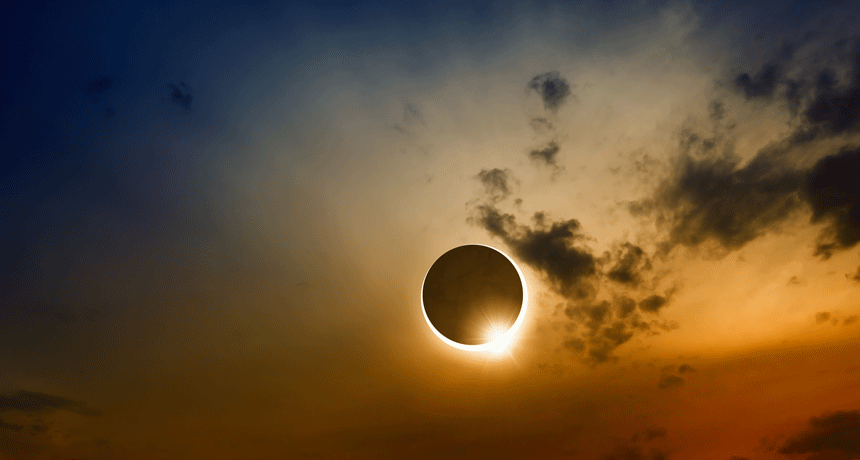 Planets
PlanetsScientists Say: Eclipse
How the sun, moon and Earth line up determines whether there’s a solar or lunar eclipse.
-
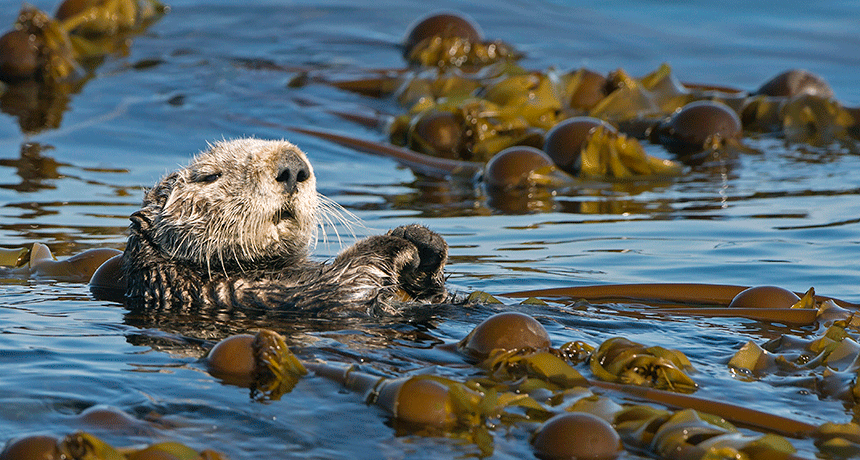 Life
LifeScientists Say: Kelp
Kelp is a kind of seaweed that forms huge forests under the ocean. But it isn’t a plant; it’s a type of algae.
-
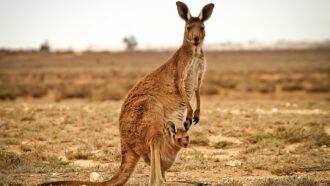 Animals
AnimalsScientists Say: Marsupial
These mammals are known for riding around in a pouch on their mother’s belly, where they continue developing after they’re born.
-
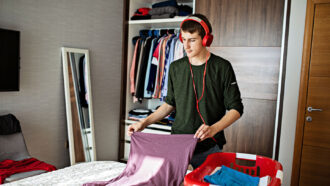 Life
LifeScientists Say: Cellulose
Cellulose is an abundant natural polymer found in plants and algae. It’s used to make everything from paper to clothing.
-
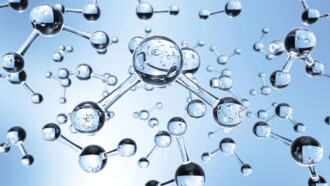 Chemistry
ChemistryScientists Say: Molecule
A molecule is a group of atoms linked with chemical bonds. It’s the smallest particle of a substance that has all of its chemical properties.
-
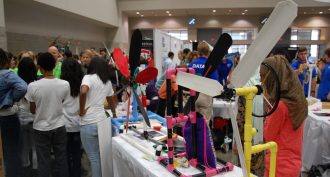
Kids win $1,000 in clean energy challenge
KidWind held its first national competition. The kid’s turbines generated enough power to light an LED bulb.